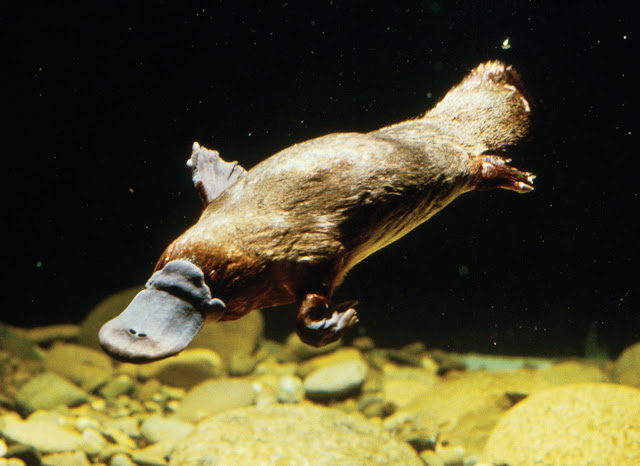

The newly discovered collection of little jars represents the huge scientific endeavour that went into solving this mystery. The question of whether some mammals lay eggs then became one of the biggest questions of 19 th century zoology, and hotly debated in scientific circles. Until Europeans first encountered platypuses and echidnas in the 1790s, it had been assumed that all mammals give birth to live young. Ashby’s investigations confirmed this was indeed the case. He added: “I knew from experience that there isn’t a natural history collection on Earth that actually has a comprehensive catalogue of everything in it, and I suspected that Caldwell’s specimens really ought to be here.” He was right: three months after Ashby asked Collections Manager Mathew Lowe to keep an eye out, a small box of specimens was found in the Museum with a note suggesting they were Caldwell’s. But to have the physical specimens here, tying us back to that discovery almost 150 years ago, is pretty amazing,” said Ashby. “It’s one thing to read the 19 th century announcements that platypuses and echidnas actually lay eggs. The exciting find was made when Jack Ashby, Assistant Director at the Museum, was doing research for a new book on Australian mammals. This unique collection had not been catalogued by the Museum, so until recently staff had been unaware of its existence. Jars of tiny platypus and echidna specimens, collected in the late 1800s by the scientist William Caldwell, have been discovered in the stores of Cambridge’s University Museum of Zoology.Īt the time of their collection, these specimens were key to proving that some mammals lay eggs – a fact that changed the course of scientific thinking and supported the theory of evolution. Image: Assistant Director of the University Museum of Zoology in the stories view more


 0 kommentar(er)
0 kommentar(er)
